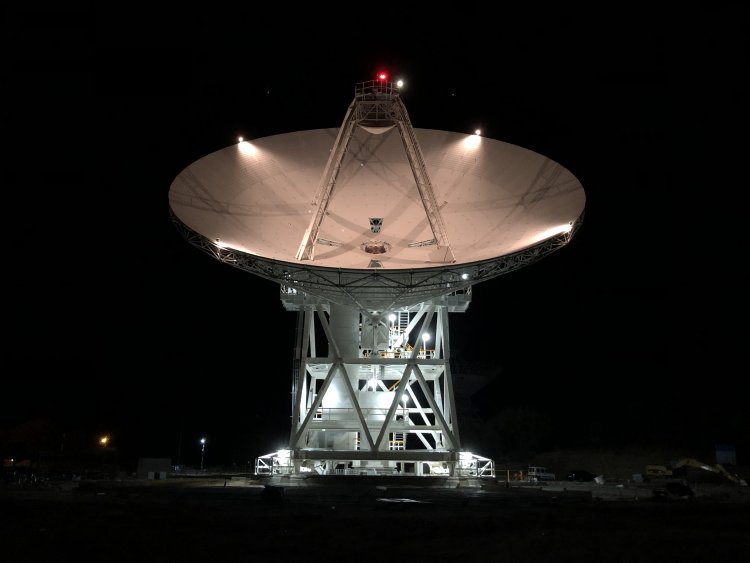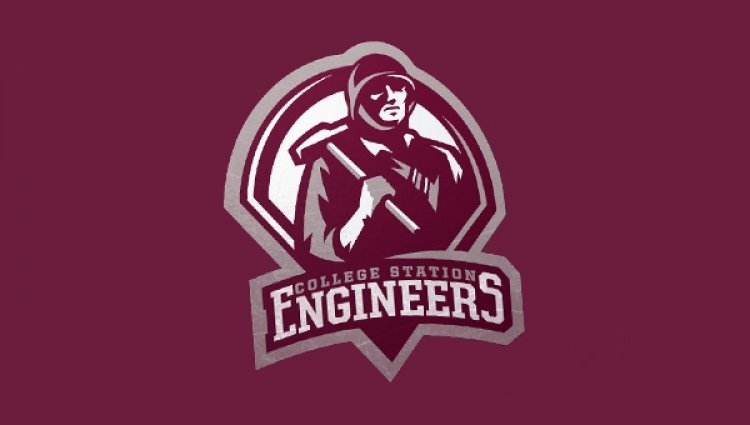Welcomes a New Dish to the Family for a NASA's Deep space exploration program,
Now a new antenna for space exploration has settled. ???? The Deep Space Network in Madrid has a new antenna known as Deep Space Station 56. While other dishes are limited in frequency bands & tied to specific spacecraft, this one can use the DSN’s full range of communication frequencies for all missions.

Deep Space Station 56, or DSS-56, is a powerful 34-meter-wide (112-foot-wide) antenna that was added to the Deep Space Network's Madrid Deep Space Communications Complex in Spain in early 2021.
The addition brings new capabilities to the network, which acts as an interplanetary switchboard, connecting us to missions at the Moon and far beyond.
The new 34-meter-wide (112-foot-wide) dish has been under construction at the Madrid Deep Space Communications Complex in Spain since 2017. Existing antennas are limited in the frequency bands they can receive and transmit, often restricting them to communicating only with specific spacecraft. DSS-56 is the first to use the Deep Space Network’s full range of communication frequencies as soon as it went online. This means DSS-56 is an “all-in-one” antenna that can communicate with all the missions that the DSN supports and can be used as a backup for any of the Madrid complex’s other antennas.
“DSS-56 offers the Deep Space Network additional real-time flexibility and reliability,” said Badri Younes, deputy associate administrator and program manager of NASA's Space Communications and Navigation (SCaN). “This new asset symbolizes and underscores our ongoing support for more than 30 deep space missions who count on our services to enable their success.”
Credits: NASA JET PROPULSION LABORATORY
Video credits: Primal space






































.svg)